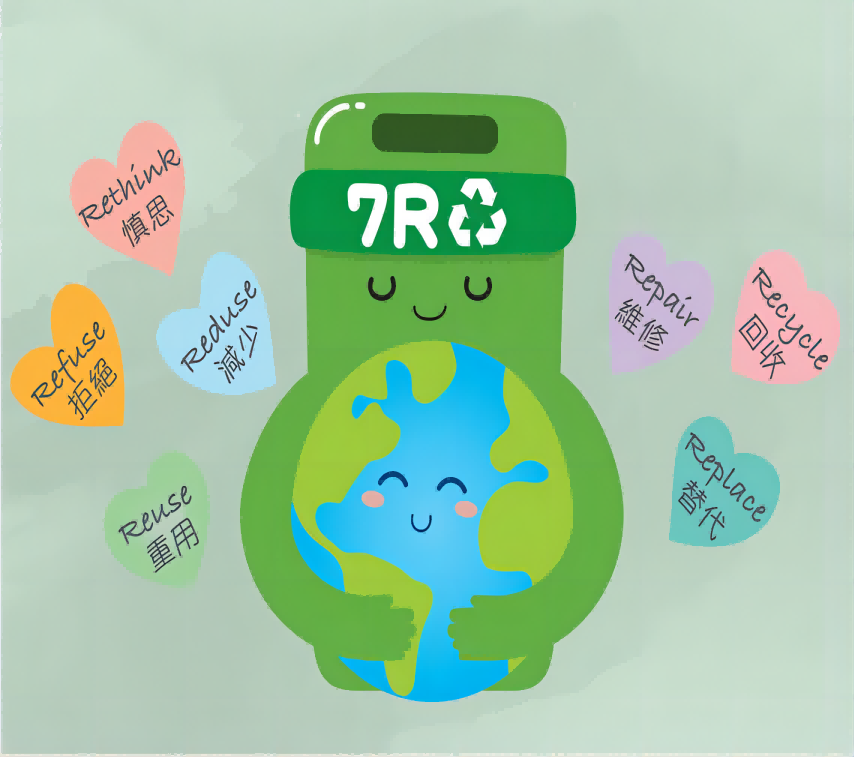 The implementation of environmentally friendly ink packaging changes
The implementation of environmentally friendly ink packaging changes
May 17, 2024
Today, all walks of life in the world are actively practicing the concept of environmental protection, printing and packaging industry is naturally no exception, and ink as an important consumable in the printing production process, its own packaging green has also received great attention.
A long history of tin can packaging or exit the stage
In the early days, ink basically exists in the form of tin packaging, which has been applied for hundreds of years and has become a common ink packaging method in the global printing industry. Tin can packaging has good mechanical properties, high strength, good rigidity and not easy to break, so it is more convenient in transportation and storage; Excellent barrier property, and has good gas resistance, moisture resistance, light shading and fragrance preservation. The excellent advantage of these tin can packaging can ensure the best printability and rheology of the ink.
However, according to incomplete statistics, the average annual consumption of ink cans in the world in recent years is between 3.5 billion and 4 billion (including offset printing and gravure printing), and the average annual consumption of ink cans in China is about 1.5 billion, and it is these cans that cause a large amount of toxic solid waste. These toxic solid wastes not only bring high treatment costs for the majority of printing enterprises, but also there are still many problems in the treatment of the substance that have not been solved, which will cause great harm to the environment. Small packaging of tin ink, after the use of up to 7% of the ink will remain in the ink tank, which is wasted ink not only pollute the environment, but also invisibly increase the production cost of enterprises.
Plastic packaging ink pollution is still difficult to crack
Plastic packaging is one of the four major materials in the packaging industry, which has the advantages of low density, high specific strength, high packaging yield (that is, package volume or package area size per unit mass), good chemical resistance, long-term placement is not easy to oxidization, low cost and good insulation. Plastic packaging has been widely used in electronics, food, beverage, medicine and other industries for a long time, and is still an indispensable and important material.
However, the garbage pollution generated by plastic packaging is a major culprit in polluting the environment and destroying the ecology. The biggest feature of plastic waste is that it is difficult to degrade, and the current mainstream treatment is landfill, incineration, etc., which not only forms Marine and land pollution, but also enters the human body in the form of plastic particles or chemicals. The ink of plastic packaging needs to be used up, which does not have much impact on uninterrupted production, but as long as the equipment is shut down, the ink is facing the problem of crusting, so it is difficult to store the remaining ink. In addition, plastic packaging ink is not smart enough in the way of adding, it is necessary to manually replace the ink bag frequently, and the bag is removed after the ink is squeezed, which fundamentally does not achieve the purpose of saving labor costs.
Paper bag packaging ink ,the new favorite of the majority of printing enterprises
In order to better combine environmental benefits and economic benefits, the industry will lock the packaging material on the paper. As we all know, paper is a renewable resource. Paper bag packaging technology cleverly uses the processing capacity of printing ink on the surface of the paper when the paper is recycled in the paper mill, so that the polluted waste becomes a renewable resource, thereby minimizing environmental pollution. At the same time, due to its flat paper packaging shape, it greatly saves transportation space and storage efficiency. At present, the research and development manufacturers of paper packaging ink in the industry can do that, the paper bag after the ink is squeezed out is only the size of an A4 paper, and it can directly enter the waste paper treatment link of the printing plant. It not only saves the cost of treating the solid waste of the iron can, but also greatly reduces the ink residue, which helps the printing enterprise to save a very considerable economic cost. But there is room for further improvement. For example, ink packaging with paper materials, the outer packaging is too thin, there may be a small probability of broken bags and skin phenomenon, which is not conducive to transportation and long-term storage; There is still a lack of use and wisdom, the paper bag after the ink is squeezed out still needs to be manually torn, if this step is not carried out, the ink in the bag is not easy to dry, hazardous waste treatment is still inevitable.
Paper can packaging ink ,a new round of change shock hit
The industry has been trying to carry out a change in ink packaging through a more environmentally friendly and efficient way, so the paper can packaging ink that can make up for the lack of paper bag packaging ink came into being. Paper can packaging is more thick, effectively solve the problems of paper bag packaging in storage and transportation. In addition, the use of paper can packaging and tin can packaging is almost the same, how much ink is needed to take how much ink, after use, can achieve no residue in the packaging, the inner wall of the paper can has been very clean, a very small amount of residual ink compared to the amount of tin can packaging residual ink has been negligible, can be dried through natural oxidation, after use, the paper can can be treated as waste paper waste. Truly make the majority of printing enterprises without waste solid worry.
Daihei ink has always adhered to the concept of environmental protection, not only in the ink quality to meet the needs of environmental protection, the development and production of soybean ink, pure vegetable oil ink, will also make improvements in ink packaging, standing in the customer's point of view, from the environmental protection, to achieve environmental benefits and economic benefits double improvement, to make a contribution to environmental protection.
Read More


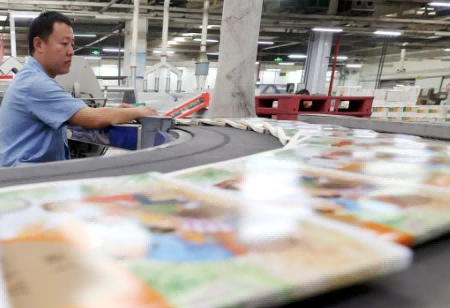 Ensuring High-Quality Book Printing: The Environmental Focus
Ensuring High-Quality Book Printing: The Environmental Focus
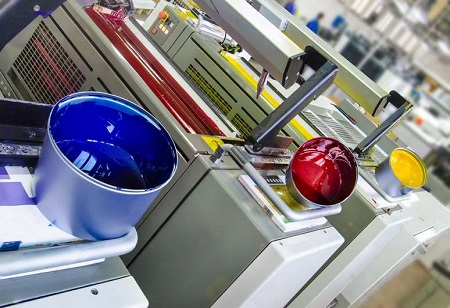 The brilliant cooperation and future prospects of Daihei Ink and Heidelberg Printing Machines
The brilliant cooperation and future prospects of Daihei Ink and Heidelberg Printing Machines
 The application for Spray Powderless Ink
The application for Spray Powderless Ink
 The implementation of environmentally friendly ink packaging changes
The implementation of environmentally friendly ink packaging changes
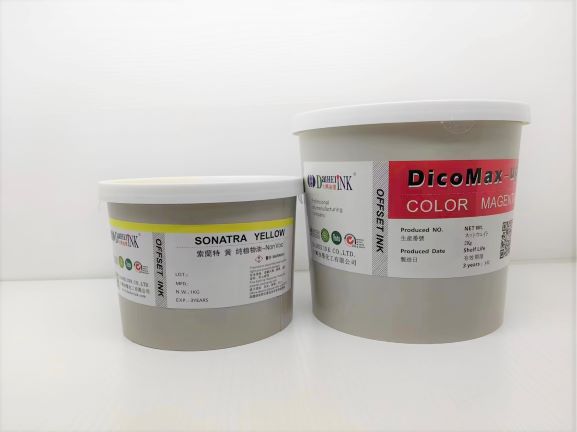 Paper packaging for offset printing ink: A double breakthrough of innovation and environmental protection
Paper packaging for offset printing ink: A double breakthrough of innovation and environmental protection
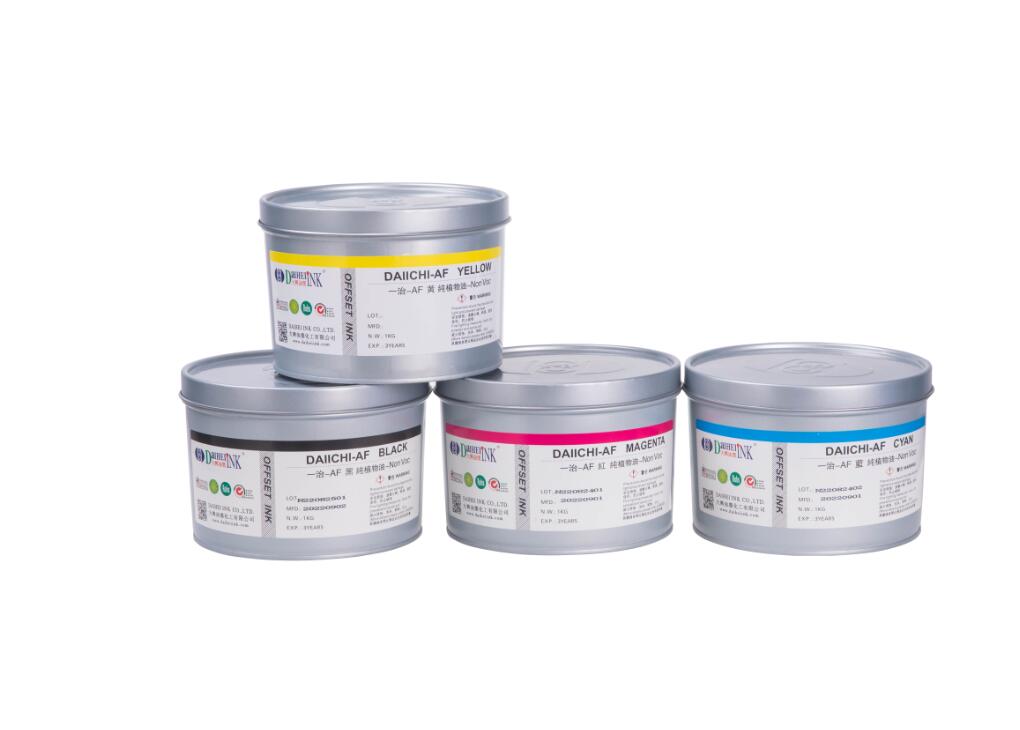 Pure Vegetable Oil Voc Free Sheet Fed Offset Ink
Pure Vegetable Oil Voc Free Sheet Fed Offset Ink
 China printing and equipment import and export data from January to December 2023
China printing and equipment import and export data from January to December 2023
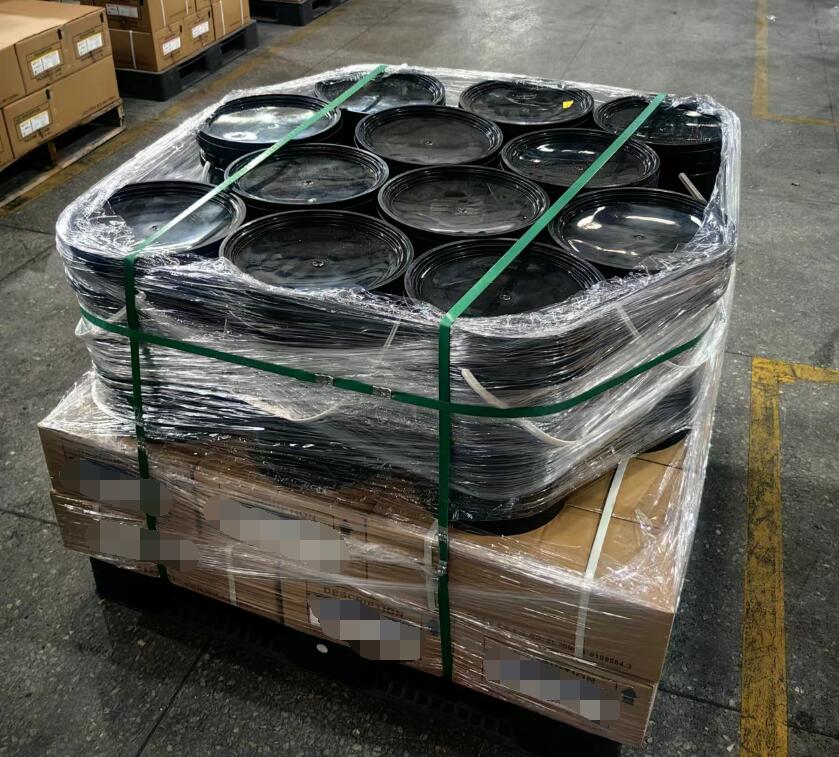 Introducing UV Pantone High Concentration Ink
Introducing UV Pantone High Concentration Ink